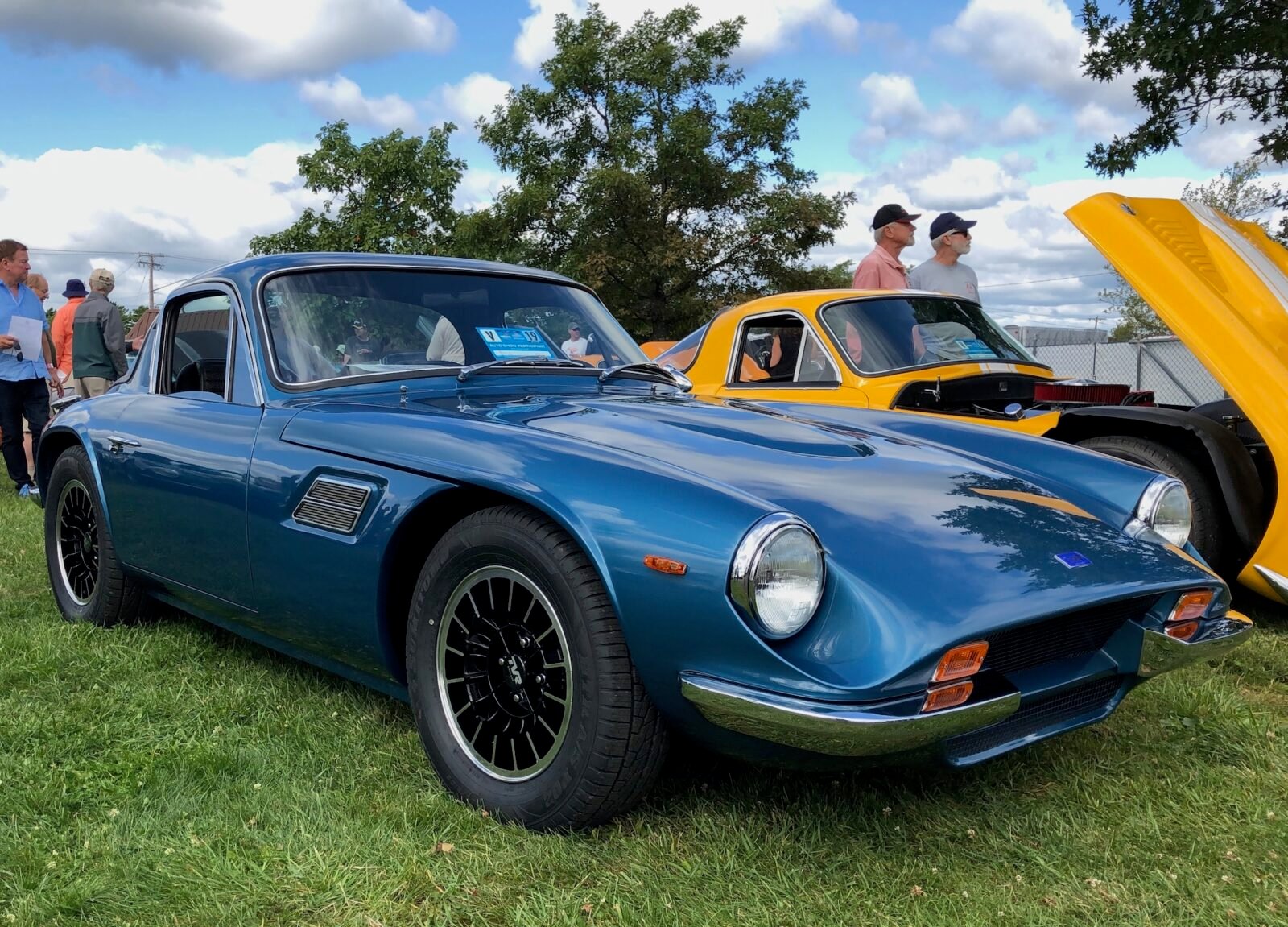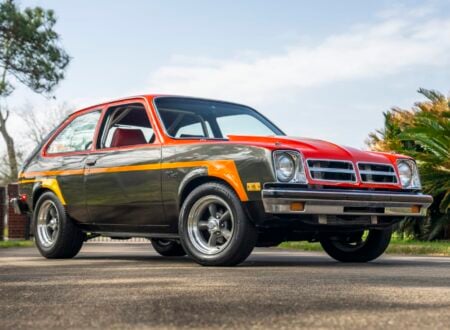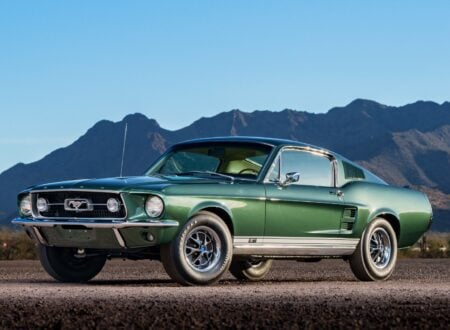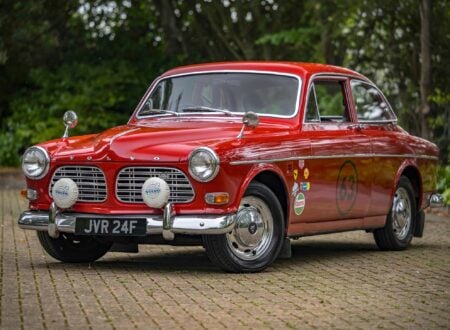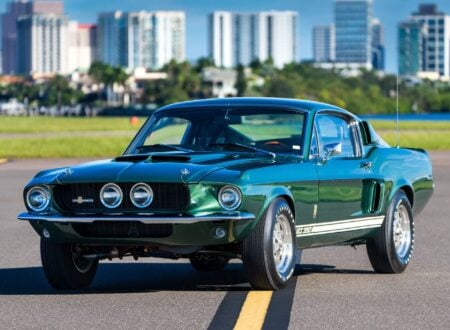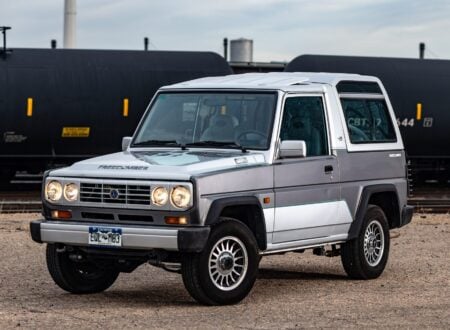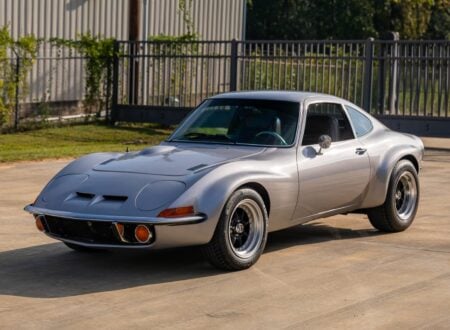This article was written by Guy Dirkin, perhaps the automotive historian more qualified than any other to write it, as he restored this specific car and is a respected authority on the history of the TVR Tuscan wide-body – of which only seven were made.
TVR has always produced wild, fast, on the edge of control, sports cars. Followers of the video game, Gran Turismo, know of the TVR Cerbera Speed 12, with its 7.7 litre V12 producing 800+bhp, in a car about the same weight as the Mazda MX5 Miata.
Deemed too fast to sell as a production car, TVR choose not to offer the car to the public. In 2003, one car was let go from the factory to a pleading, vetted, owner. This road going Speed 12 sold at auction in 2023 for $750,000.
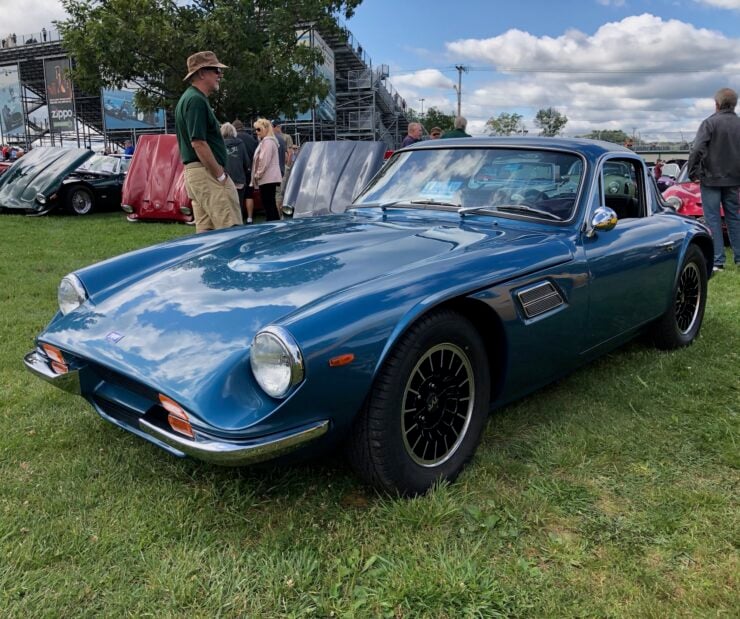

When did insanity begin at TVR? In the 1960’s TVR put Ford V8’s in the tiny, 84-inch wheelbase, Griffith. In 1970 TVR released the insanely fast wide-body Tuscan.
The production run of documented factory cars was just seven, making the 1970 TVR Tuscan wide-body, the rarest production TVR; the fastest of its generation and in the opinion of many the holy grail of collectable TVRs. In top spec, this car was capable of 170 mph and with development 185 mph. The car featured in this article is one of those, insanely packaged cars.
TVR Tuscan Chassis Number MAL 019
Guy Dirkin, automotive historian and the expert in the wide-body Tuscans, owns one of the four surviving factory Tuscans (MAL 019) along with his partner Paul Guinn. Paul meticulously restored their car, with an ex-Holman Moody, Boss 302 engine left over from the 1970 Trans Am race series.
Holman Moody built Ford’s racing engines for the GT 40s that won the 24 Hours of Le Mans, beating Ferrari. Consequently, the engine in MAL 019 has its own independent historical value. None of the seven factory cars left TVR with a Boss 302. When Dirkin acquired MAL 019, the engine and transmission were missing. This presented an opportunity to upgrade to the special equipment (SE) specifications in the TVR sales brochure for the 1970 Tuscan. There were two engine options in the TVR factory options, both from Ford.
A torquey small block 302 cubic inch V8, with a two or four-barrel carburettor; and the Boss 302 cubic inch V8 with large valve heads adapted from the 351 cubic inch “Cleveland” V8, designed by Ford to be highly competitive in the factory sedan Trans Am racing series.
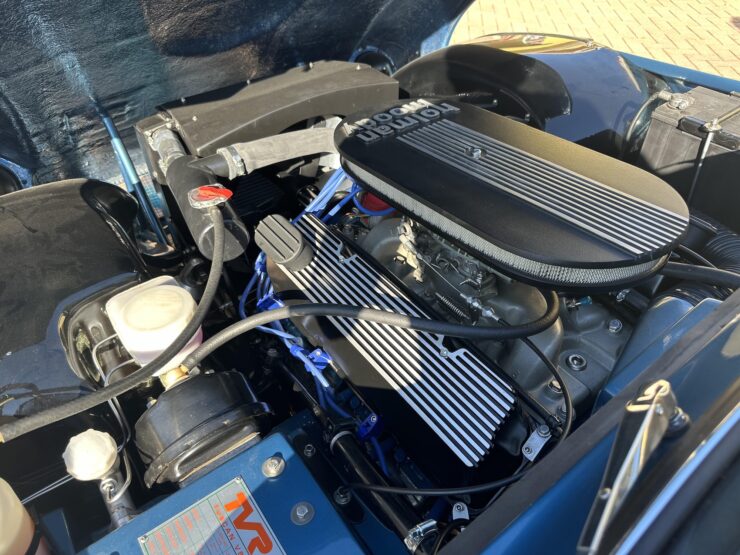

When Dirkin bought the car, he purchased the Holman Moody race engine from Walt Piece of Pierce Racing in North Carolina. Walt, built NASCAR engines, including those used by Alan Kulwicki who was NASCAR champion in 1992. In racing spec, the little 302 was a high rpm screamer, with 600 bhp and close to 9000 rpm potential. Walt Pierce built the engine for longevity at Dirkins’ request.
The result was a 429 bhp /375 lb ft engine. Dirkin intended to go big-bore vintage racing in the Tuscan, which has room for ten-inch rims. The package would be very competitive.
When Guy Dirkin partnered with Paul Guinn, the objective changed to an original specification build. Given the rarity of the car, this project was aligned with preserving the marque and history. The finished car today has a balanced 350 HP with 350 ft lbs of torque engine.
The TVR is still 115% percent the power to weight ratio of a new C8 mid-engine Corvette. Racer, Dirkin admits that he occasionally fantasizes about a full race version with aftermarket, in period, tunnel port heads. Surely a mid-600 HP engine, he says with a smile.
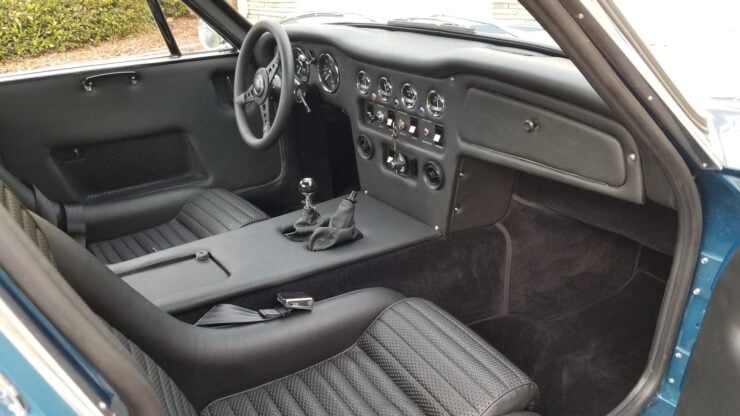

The Historical Importance Of The 1970 Wide-Body Tuscan
Before talking about the driving experience of the Boss 1970 wide-body TVR Tuscan, there are seven important points on the history of this model, and the cars influence on the survival and growth of TVR in the 1970’s
- First, the cars design was a transition model, leading to the successful M-Series that dominated production throughout the 1970’s. It was the M-Series that transitioned TVR from turbulent financial woes and product quality issues of the 1960′ s to prosperity and industry recognition as a “player” in the 1970’s sports car market.
- Second, the car was the first car which TVR Engineering moulded in-house
- Third, production of the wide-body Tuscan provided experience in hands-on fiberglass work for the company and its employees.
- Fourth, the wide-body Tuscan was the last V8 engined car built by TVR until the Rover/Buick aluminium V8 was installed in the 350 Tasmin, thirteen years later.
- Fifth, until the 1996 production of the Cerbera GT, the wide-body Tuscan with the Boss engine option was the fastest production TVR for over a quarter century at TVR.
- Sixth, as Gabbard noted in his review of the Tuscan in Autoweek in late 1983, the Tuscan was perhaps the last true performance sportscar of its era.
- Seventh, specialty car companies are built upon products, reputations and the ability to create a certain charisma. The wide-body Tuscan undoubtedly contributed to the overall image that TVR was building during the Lilley era of ownership and a long-standing image for building pedigree high performance sports cars through to TVR ceasing production in 2005. Branding insanity!
Why Was The Car A “Wide-Body”?
Guy Dirkin is an automotive historian and the expert in the wide-body Tuscan, says that early TVR history always has caveats. You make a statement and then explain that statement is not clear cut. Because the wide-body Tuscan is so rare, sorting out accurate history is a challenge.
Take for example the name wide-body Tuscan. Sometime around the launch of the 1970, a reporter probably asked what were the differences in dimensions between the new Tuscan and the previous model. In a Northen English dialect, someone from TVR said a few sentences that probably included “well we put a couple of inches on each side.” From that day forward, in the tone of a Victorian preacher, “the wide-body Tuscan was 4 inches wider” Trouble is it wasn’t! The car measured at its widest point, is 1 ¼ inches wider than the old Tuscan / Vixen body shell.
The full history of the wide-body Tuscan can be read via the following link. This history was written with substantial help from US TVR importer Gerry Sageman, along with input from Martin Lilley: https://www.guydirkin.com/car-3
Driving Experience Real + Theoretical
Can the Boss wide-body Tuscan go 200mph? Well, yes, but…! One Boss powered 1970 Tuscan, with 540 bhp was tested on the M25, that serves as a motorway ring road around London. As some beer was involved, we are not talking about an official test! The car, based on rpm and axle ratio, went to 183 mph. The car was still pulling away, but air was starting to lift the front of the car, the pilot decided to back off.
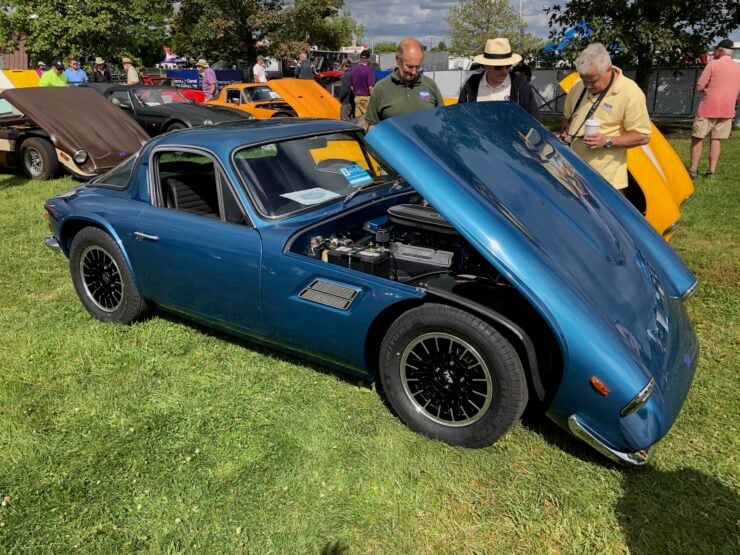

The lesson here, and input from other high horsepower TVRs, is a front splitter and “a few” aero modifications would have to be done. Power would not be an issue, with engine options to 600 bhp. The featured car here would most likely see 160-170mph, but cruising at 120 to 130 mph / 200+ km/h would satisfy most.
From a handling perspective, bump steer from the TVR factory was a problem because the steering rack used was too long. The front sway bar, also from the factory was too small in diameter and the link locations terrible in terms of optimal mechanical leverage. With these problems fixed and decent shocks, the car behaves well and corners relatively flat for a fast road car. Use of the throttle to steer the car is of course expected, and very satisfying.
Oh, and then there is the sound! The exhaust on the Dirkin/Guinn car has short custom headers, which help improve normal driving, as the exhaust ports on the Boss engine are relatively huge. From the headers back, the stainless exhaust has only long tube “bullet” silencing at the rear. The car is not too noisy for cruising, but the engine note under load would make Beethoven roll over!
Key Takeaway
Since 1989, only three factory wide-body Tuscans have come up for sale. The car featured here is fully documented, meticulously restored and has a powerful history, both under the bonnet and in the context of TVR.
If this is a car that might be added to your collection contact Guy Dirkin here. The asking price is €130,000 which works out to approximately $151,000 USD at the current rate.
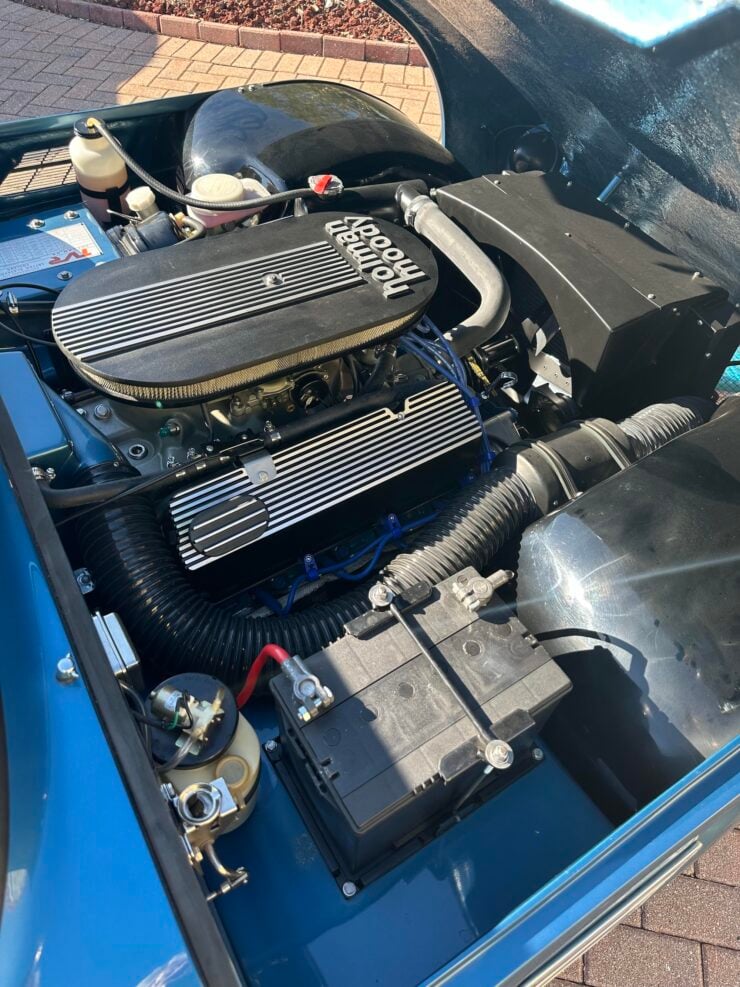
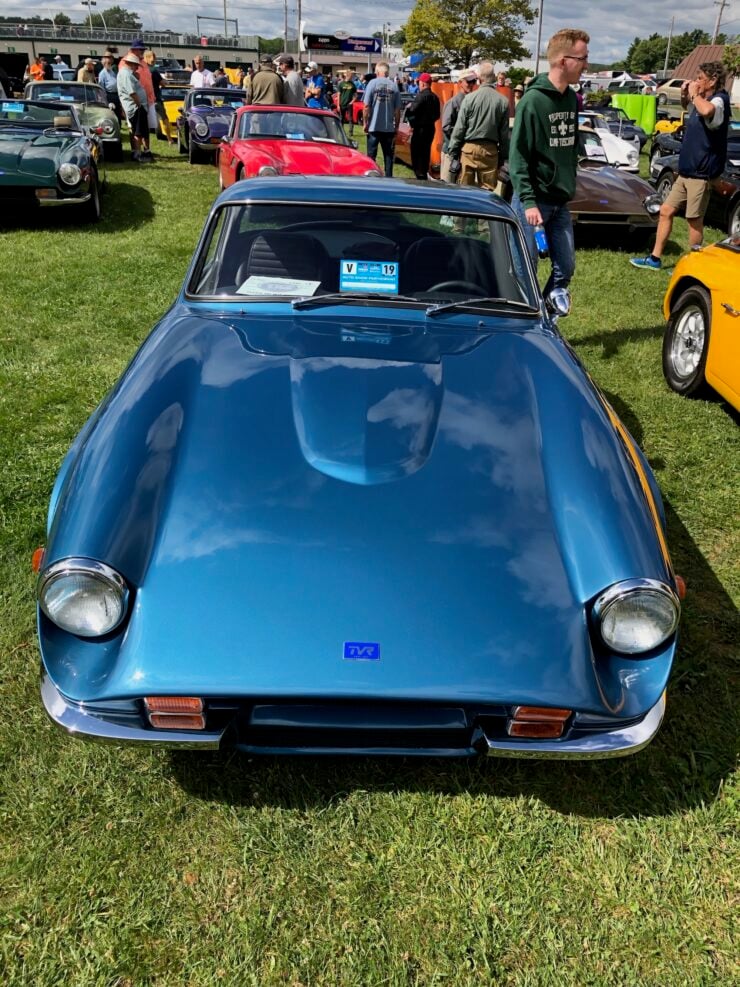
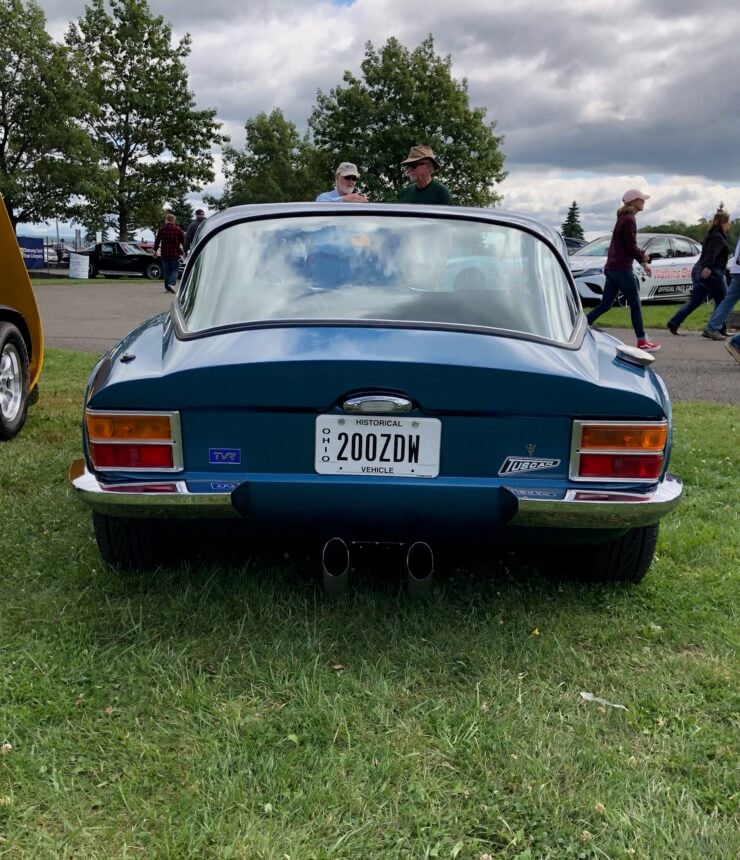
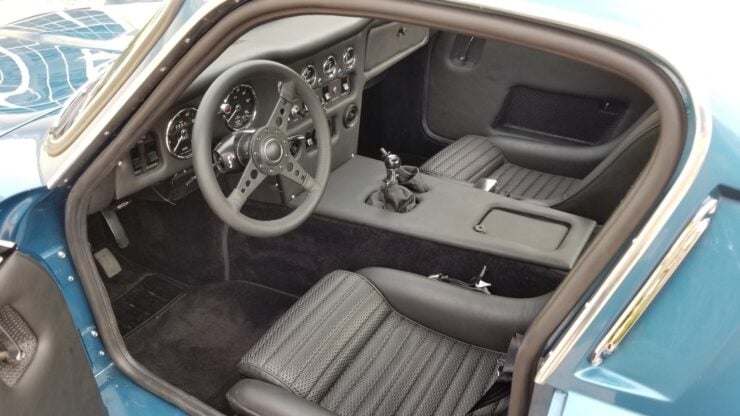
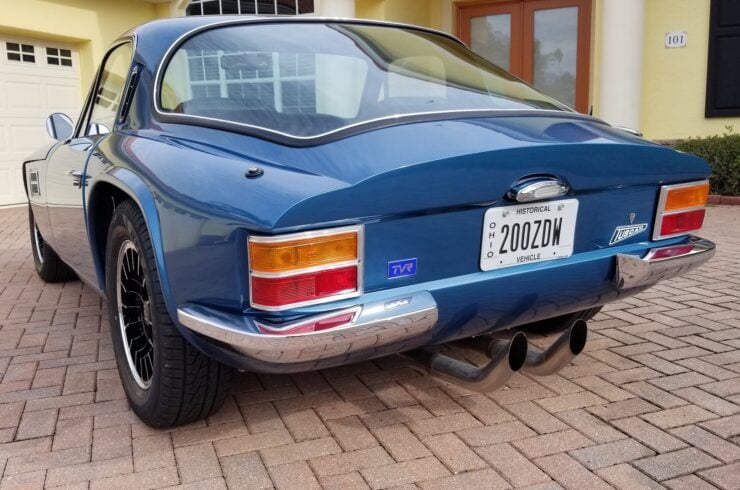
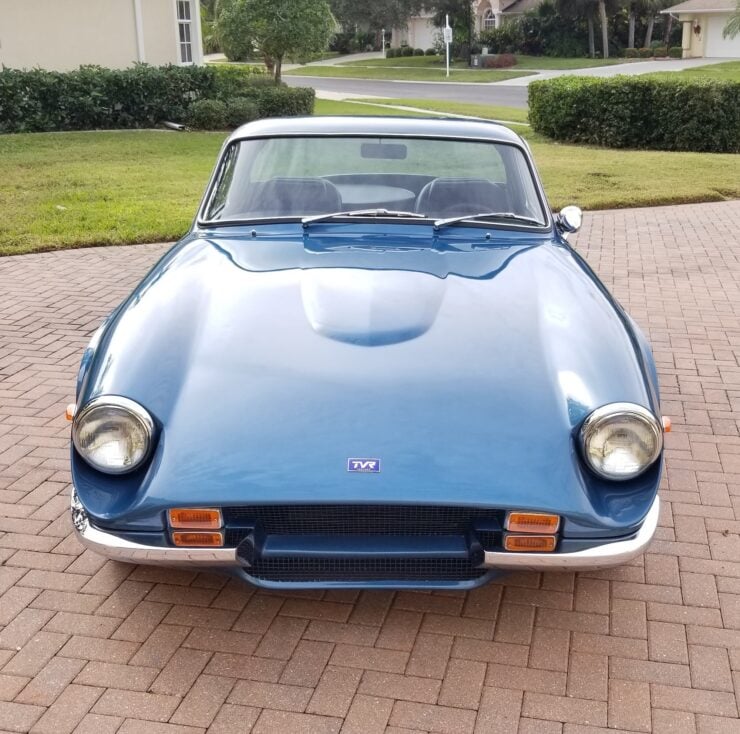
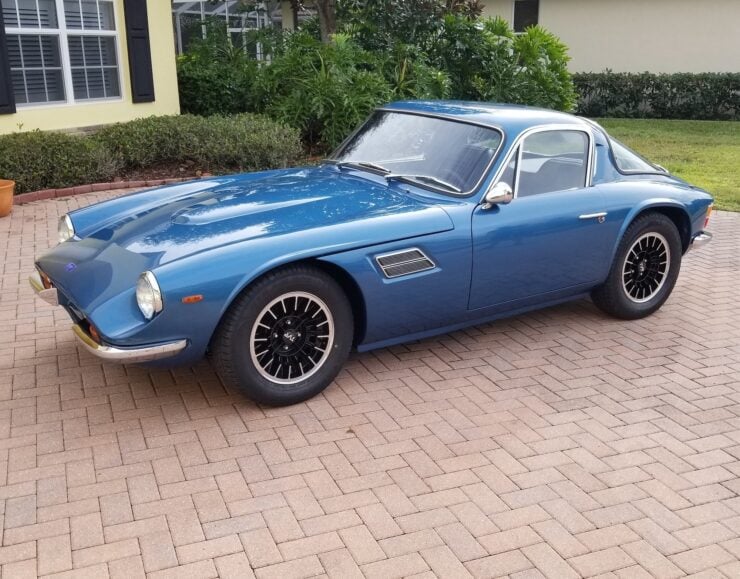
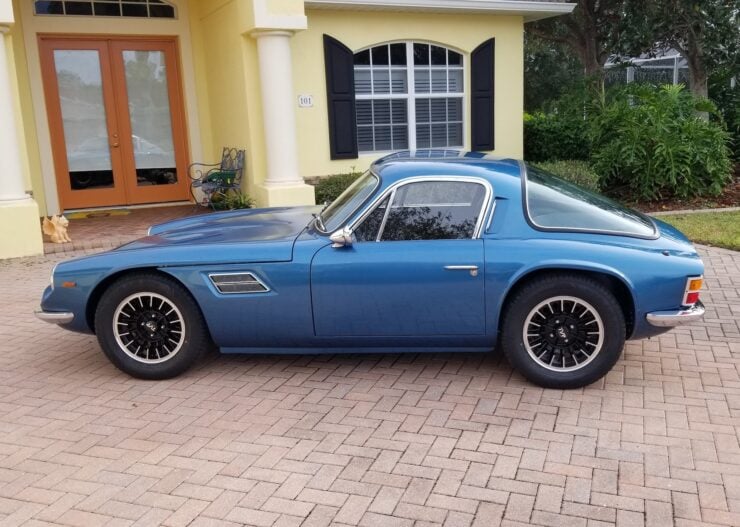
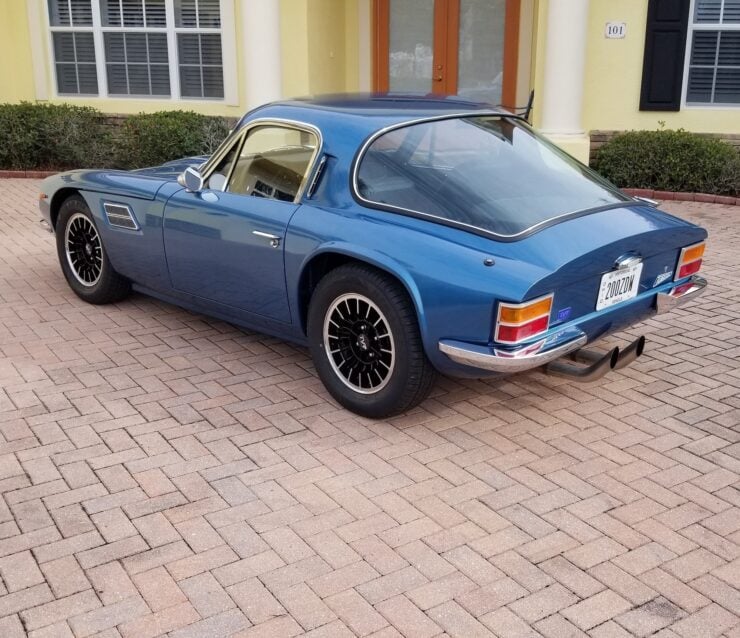
Images courtesy of Guy Dirkin

